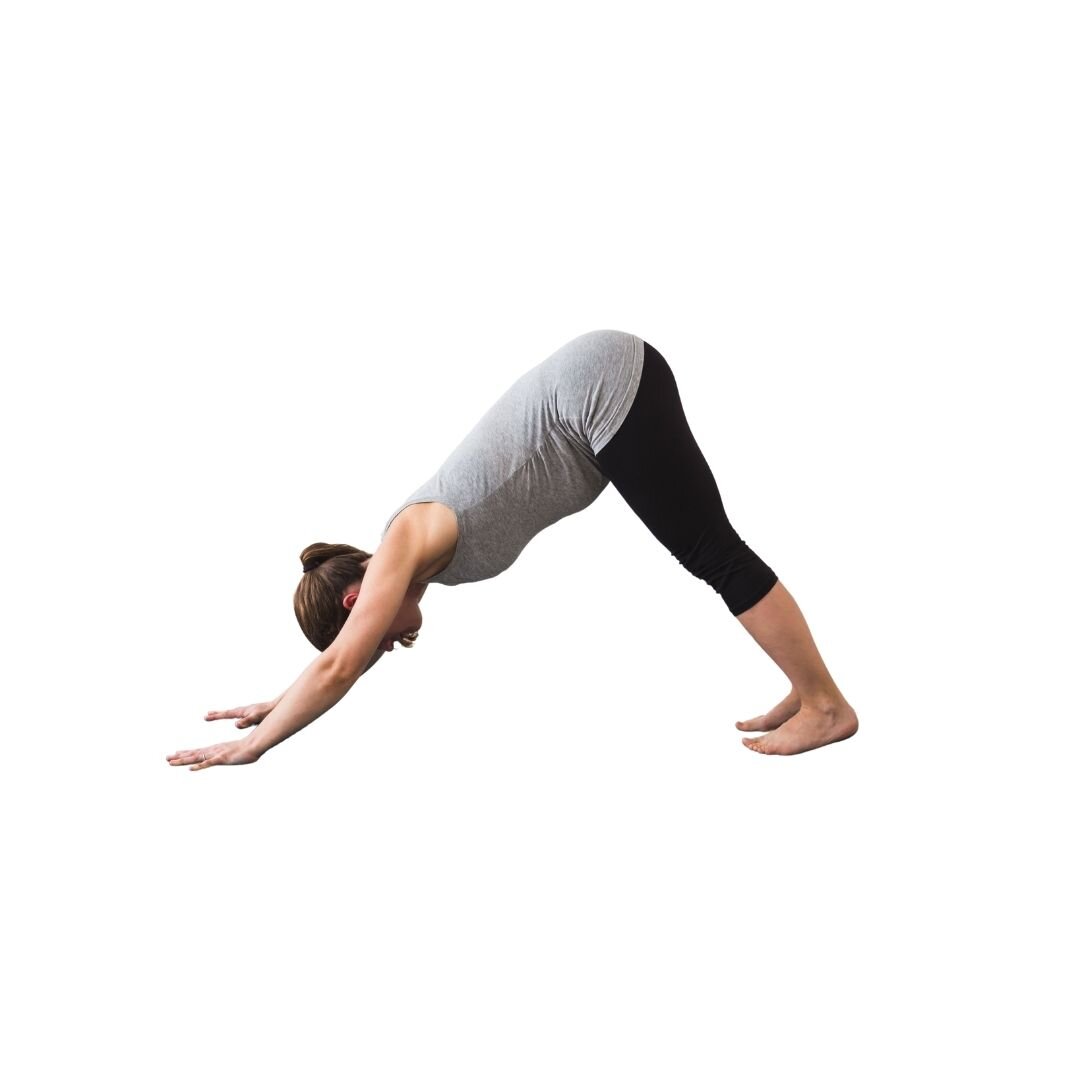Redefining Your Downward Dog: Tips From a Physical Therapist & Yoga Specialist
What Is Medical Therapeutic Yoga (MTY)?
Medical Therapeutic Yoga (MTY) is a method used by licensed healthcare professionals—including physical therapists, occupational therapists, and athletic trainers—to integrate the science of lifestyle medicine with rehabilitation principles. MTY can be adapted for any patient population to address pain and improve function.
A Personal Revelation: How I Was Misusing My Strength
During my extensive certification training in MTY, I had an eye-opening realization: I had been practicing yoga poses for years without fully activating the muscle groups required for proper alignment and stability. This repeated compensation led to shoulder pain—particularly from doing Downward Dog incorrectly for over a decade.
I now recognize similar movement compensations in many of my patients, especially when they perform daily tasks like reaching overhead or pushing and pulling. With new awareness and corrections in my own body, I'm excited to share this knowledge with others.
Why Downward Dog Deserves a Second Look
Even if you don't consider yourself a yogi, Downward Dog is a powerful, functional pose that I frequently incorporate into physical therapy treatments. When properly adapted using props or modifications (like bent knees or elevated hands), it offers several benefits:
Mobilizes tissue along the entire back line of the body
Enhances shoulder girdle stability, contributing to better posture
Acts as an inversion, which can positively impact spinal health and breathing
Common Mistakes and Why They Matter
Many people were never taught the foundational elements of this pose—things like proper breathing, hand and foot positioning, and how to support the neck and shoulders. Without this base, we may not even realize we’re compensating—or missing out on the full benefits.
Even anatomy and fascia tension patterns vary from person to person, which means the “standard” cues might not work for everyone. That’s where individual assessment becomes so valuable.
Understanding Shoulder Mechanics in Inversion
In Downward Dog, your head is lower than your heart—making it an inversion. Gravity pulls your shoulder blades down as you bear weight through the arms, creating a potential risk for impingement if the shoulder girdle isn’t properly stabilized.
To avoid this, we need to actively engage the muscles that retract and depress the shoulder blades. One cue I love to use is:
"Slide your shoulder blades into your back pockets."
This encourages external rotation of the shoulders and helps reduce risk of impingement. But before jumping into the full pose, it’s important to develop the strength and awareness necessary for healthy alignment.
Everyday Benefits of a Strong Downward Dog
Building strength in this pose has lasting effects that go well beyond the mat. A stable shoulder girdle can:
Improve overhead reaching
Support better posture while sitting or standing
Reduce neck and upper back tension
Improve body mechanics during activities like cooking, cleaning, and gardening
How I Help Patients Explore Their Version of the Pose
Not everyone needs to look like the typical “Instagram Downward Dog.” I often use props like chairs, blankets, or wall support to help patients find a version of the pose that’s safe and effective for their body. Strength starts in your range and with your structure.
Example Modifications:
Standard Downward Dog
Bent-knee Downward Dog
Hands on a chair, heels supported with a blanket
Ready to Optimize Your Movement?
Whether you're a seasoned yogi or new to movement therapy, a fresh look at Downward Dog could be a game-changer for your posture and pain.
Have questions about how to set yourself up for success in this pose—or others with similar benefits?
📩 Reach out at info@inmotionintegrativept.com or schedule an appointment online. Let’s get you feeling strong, supported, and confident on (and off) the mat.


